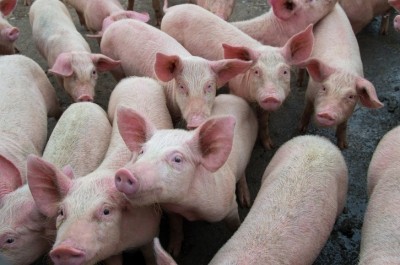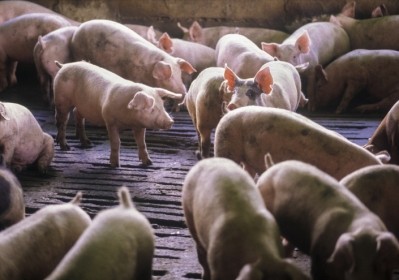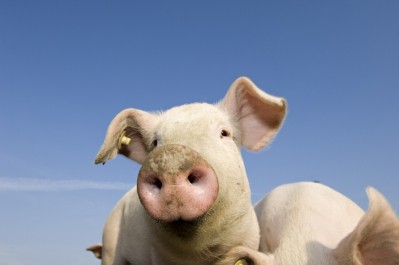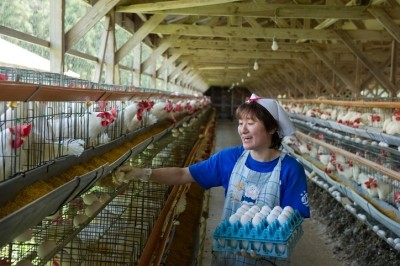Pork markets worldwide are facing sluggish economic growth, weak consumption, and recurrent disease outbreaks
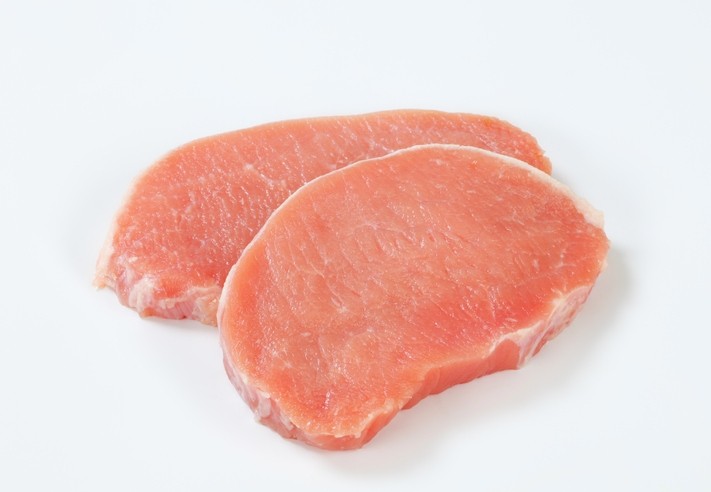
Pork supply continues to exceed demand in that market, pressuring prices and causing multiple-month losses for producers, noted Rabobank in its latest pork quarterly.
Liquidation of the sow herd in China will continue in the second half of the year, forecast the analysts.
Piglet prices continued to decline in the first half of the year. The Rabobank team said that trend reflects producers and fattening farms gradually losing confidence in the market along with the continuous exit of underperforming producers.
Disease remains the wild card for China’s pork supply chain, with ASF outbreaks reported recently. “The uncertainty brought by the disease spreading is forcing more smallholders to exit sow farming and focus on fattening.”
Large Chinese companies are also adjusting their strategies: some have cut their sow herd, while others continue to expand but more slowly.
Despite the low prices in the domestic market, pork imports into China in the first five months of 2023 grew. Shipments from North and South America increased, while European countries saw marginally higher exports to that Asian market. “The rapid growth in imports has led to a high inventory of frozen pork.”
Global trade
For the second half of 2023, the analysts expect global trade to be weaker than in same period last year, due to those high inventories of frozen pork in China and as a result of more muted consumer spending. “Also, tighter supply in the EU restricts shipments out of the region.”
The EU and UK pork supply declined materially in the first four months of 2023, with some countries seeing falls at double-digit rates. This tight supply supports high prices, in turn pressuring consumption.
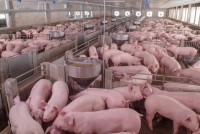
In the US, the analysts expect retail sales in pork to be lower in the second half of the year due to consumers economizing. Demand there was slightly below expectations at summer got underway. "Uncooperative weather and poor air quality challenged the start of the grilling season.”
So, in general then, shoppers are trading down, buying smaller portions, and switching channels. “Still, pork – which is cheaper than beef and premium seafood and more expensive than poultry – holds a relatively stable position on consumers’ plates.”
Feed prices
Despite softening feed prices, production costs should remain above pre-Covid levels, found the Rabobank report.
Corn and soybean prices were volatile entering July due to weather issues, Black Sea grain corridor uncertainty, and the smaller-than-expected soy planted areas and larger-than-expected corn areas in the US.
“We expect feed prices to soften in Q3 but remain supported by relatively low stock-to-consumption ratios in many countries,” commented Chenjun Pan, senior analyst – animal protein at Rabobank. “While there is some room for prices to drop further in the coming months, they will stay above pre-Covid levels.”
Disease challenges globally
Globally, diseases are also proving a challenge.
“Herd health improvements continue to be a major task for producers worldwide as disease outbreaks influence production,” said Pan.
ASF has been undermining production in Asia and Europe. Several regions were affected in H1 2023 but the disease spread more slowly in Q2, with sporadic outbreaks reported in Indonesia, Vietnam, and the Philippines as well as in China. The new cases led to continuous liquidation of sow herds.
In addition, porcine reproductive and respiratory syndrome (PRRS) remains a challenge in Spain, causing a material drop in production, with relatively high mortality in sows and weaned piglets. "Outbreaks are ongoing in Spain's largest pig production area between Lleida and Zaragoza."
